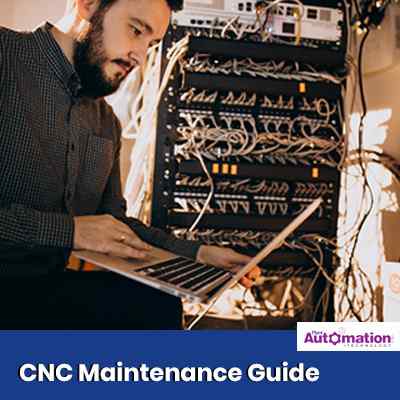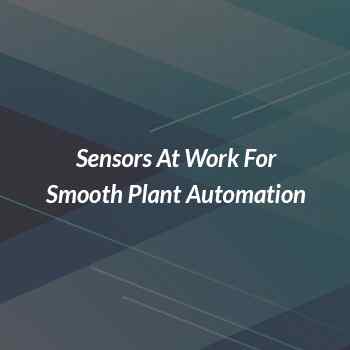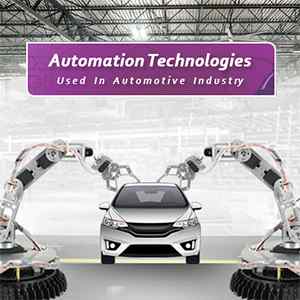CNC Maintenance Guide

Importance of the Maintenance of CNC
To optimize efficiency, human operators must manage CNC (Computerized Numerical tool) machines properly. Otherwise, premature wear and tear may affect most components. One can have maintenance checklist while doing this, to ensure the maintenance activity is carried out meticulously. Generally, maintenance of CNC machines should be done in three ways:
a) On a daily basis
b) Every three months or 500 hours
c) Every six months or 1000 hours
a) On a daily basis
Listed below are some of the tips by which the longevity of the CNC machines can be improved and along with restoring its effectiveness, on a daily basis:
1. Regular Maintenance Schedule
Establish and monitor routine maintenance schedules. It helps identify potential issues before they become full-blown breakdowns. Watch out for grime and scrap material building up on the outside, if you use you use your machine regularly.
Wipe down your computer every day with a rag to keep your machine looking clean. This will remove the residue and debris that could trigger mechanical issues in future.
2. Have a Track of Records
Unplanned breakdowns of machinery will increase your budget for repair and replacement by 5 times. You lose huge profits by waiting for the shipment of spare parts and wasting hours. Keep a record of the maintenance history of your equipment.
With this, you can also treat every mechanical problem with ease in future. Speak to the technicians working every day on the equipment and emphasize the importance of record keeping. Moreover, make sure that your employees know where to locate from the reports if they find anything alarming.
3. Monitor The Fluids of The Machines and Grease its Moving Parts
CNC machines rely on hydraulic fluid and lubricants. Make sure that you periodically change these fluids concerning the manual of your computer. And also check the hydraulic pressure to make sure it’s at 4.5 MPa. If your CNC machine has a cooling system, make sure that the level of the cooling unit is appropriate.
Keep an eye on your machine to ensure that fluids are not consumed faster than required. You will also need to grease the machine's moving parts regularly to avoid excessive wear and tear.
|
Also Read: An Overview of the European CNC Machine Industry: Top 5 Manufacturers to Watch in 2023 |
4. Keep Spare Parts Always In-Store
It takes for spare parts to be delivered, and this, in turn, reduces production and cost money. This is why, one needs to have spare parts in store, particularly for the parts which are prone to breakdown. Make sure they also have spare parts before rushing to buy CNC machines for sale.
Apart from using the maintenance checklist, one can do it on own, if they happen to do a little bit of research online, or talking to technicians to get a grasp about the functioning.
b) Every three months or 500 hours
While performing checks every three months or 500 hours, the following should be taken care of:
i) Checking and greasing the chain on the chip conveyor
ii) Check and clean the filters on the coolant tank
c) Every six months or 1000 hours
To perform this kind of maintenance, one needs to contact a local distributor, as these are heavy and requires expertise. However, these things are taken care of during maintenance work:
i) Wash the refrigerant tank with sludge, chips and oil
ii) Have the chuck and jaws removed and cleaned the machine
iii) Drain the hydraulic tank and replace the hydraulic oil with fresh hydraulic oil – the line filter and suction filter.
iv) Clean the radiator and ensure that the radiator fins are straight.
v) Drain and clean the lubrication machine – then add fresh air.
vi) If your machine has a cooling unit, drain and refill the unit.
vii) Test and change the levelling of your computer if appropriate
viii) Have any damage inspected by wipers – clean and replace any damaged wipers.
Preventive maintenance allows one to manage their schedule rather than getting caught with untimely breakdowns. Maintenance checklist will not only help you to discover the way your CNC functions but would also enable you to keep tap things one requires to track the maintenance of one's CNC.







